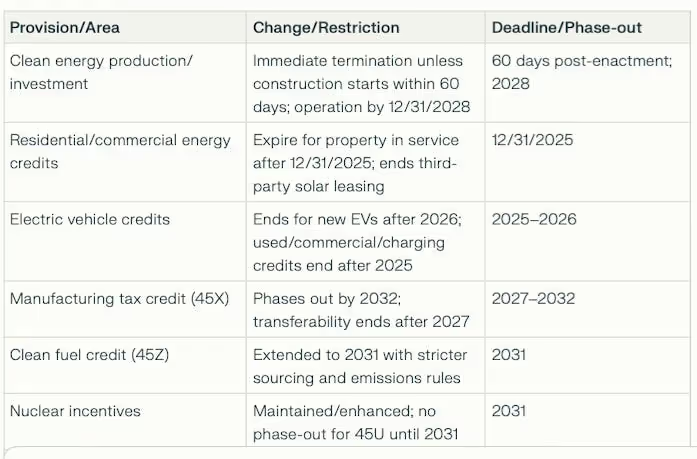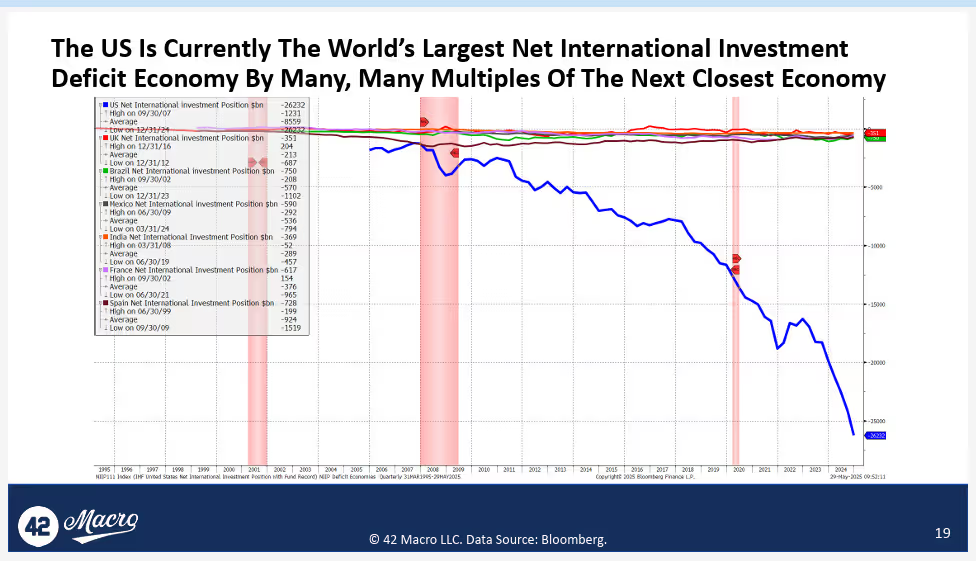The K-Shaped Economy: Winners, Losers, and the New Macro Divide

A Bloomberg-style deep dive into the K-shaped economy — why some sectors boom while others break, how policy fuels inequality, and what it means for investors, AI-era labor markets, and geopolitical stability.
Markets ended the short week in a strange state of desperate optimism: assets drifted higher, volatility flickered, and everyone tried to pretend that the macro cracks widening underneath the surface were simply “holiday noise.” They weren’t.
Across Bitcoin, metals, equities, and policy, the tape told one story: a system pulling apart in two directions, exactly like the economy itself.
Bitcoin: Stuck in Neutral
Bitcoin spent the week trapped in the high-80s, unable to break out, unable to break down.
Bulls call the range resilience.
Bears call it exhaustion.
Both are right.
The digital-gold narrative has stalled. Bitcoin is behaving like an asset waiting for a macro catalyst big enough to justify direction. Until then: sideways, with noise.
Precious Metals: Quiet Accumulation, Rising Pressure
Gold and silver continue consolidating at higher levels. They’re not breaking out, but they’re not giving up ground either.
Driving forces:
• real rates wobbling
• central bank accumulation
• retail investors quietly buying insurance
• rising geopolitical uncertainty
This is classic coiled-spring behavior. Metals are building pressure, not losing it.
S&P 500: A Split Personality Markets Don’t Want to Acknowledge
On the surface, the index looks fine. Underneath, dispersion borders on schizophrenic.
Nvidia is the poster child.
After blowing out earnings, the stock spiked nearly 4 percent to 193, then immediately became a battlefield.
• Over 100,000 contracts traded at the 200 strike in a single morning
• Implied volatility collapsed by more than half
• Traders aggressively sold calls
• Price swings hit six to eight dollars per day
Record revenues and guidance on one side; options-driven churn on the other. Nvidia isn’t trading like a stock. It’s trading like a volatility event.
The broader index hides this dynamic, but the internals scream: fragile momentum.
Geopolitics: Diplomacy on a Tightrope
Several stories converged:
• Ukraine accepted a U.S.-brokered peace framework “in principle,” with Russian acceptance unresolved
• The White House previewed an ACA extension to blunt premium spikes ahead of 2026
• Supreme Court tariff rulings added another layer of economic risk
• Energy markets reacted to rising tension in the Middle East and Taiwan
Each headline nudged markets, but none brought clarity. They simply added more noise to an already conflicted backdrop.
Policy: The Fed Is in Open Disagreement
If the market was hoping for certainty, the Federal Reserve delivered the opposite.
• The street wants a rate cut
• Inflation remains too sticky
• Jobs data is weakening
• Consumer sentiment is deteriorating
• Fed governors are openly contradicting one another
December no longer feels like a routine policy meeting. It feels like a political knife-fight happening in public.
The central bank is divided, the narrative is fractured, and markets can sense it.
Investor Mood: Cross-Currents, Not Consensus
Some traders are still clinging to the soft-landing narrative.
Others are piling into gold, cash, short duration, and defensive flows.
Volatility spikes, fades, reappears.
Every time a Fed voice speaks, the bid shifts.
There is no unified market psychology. Only cross-currents.
Bottom Line of the Free Section
Markets are drifting not because conditions are stable, but because no single narrative has enough conviction to dominate.
Bitcoin stuck.
Gold coiled.
Equities split.
Policy chaotic.
Geopolitics unresolved.
This is not a market preparing for collapse.
It’s a market preparing for redistribution — of capital, of opportunity, of risk.
And that brings us to the real story.
Subscribe to MacroMashup to unlock this full analysis
.svg)
.svg)
.svg)





.avif)
.svg)
.svg)



